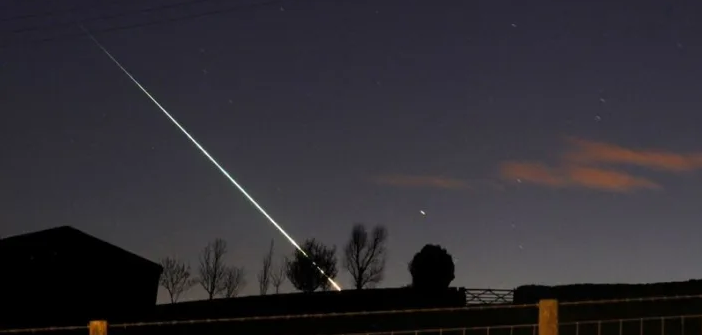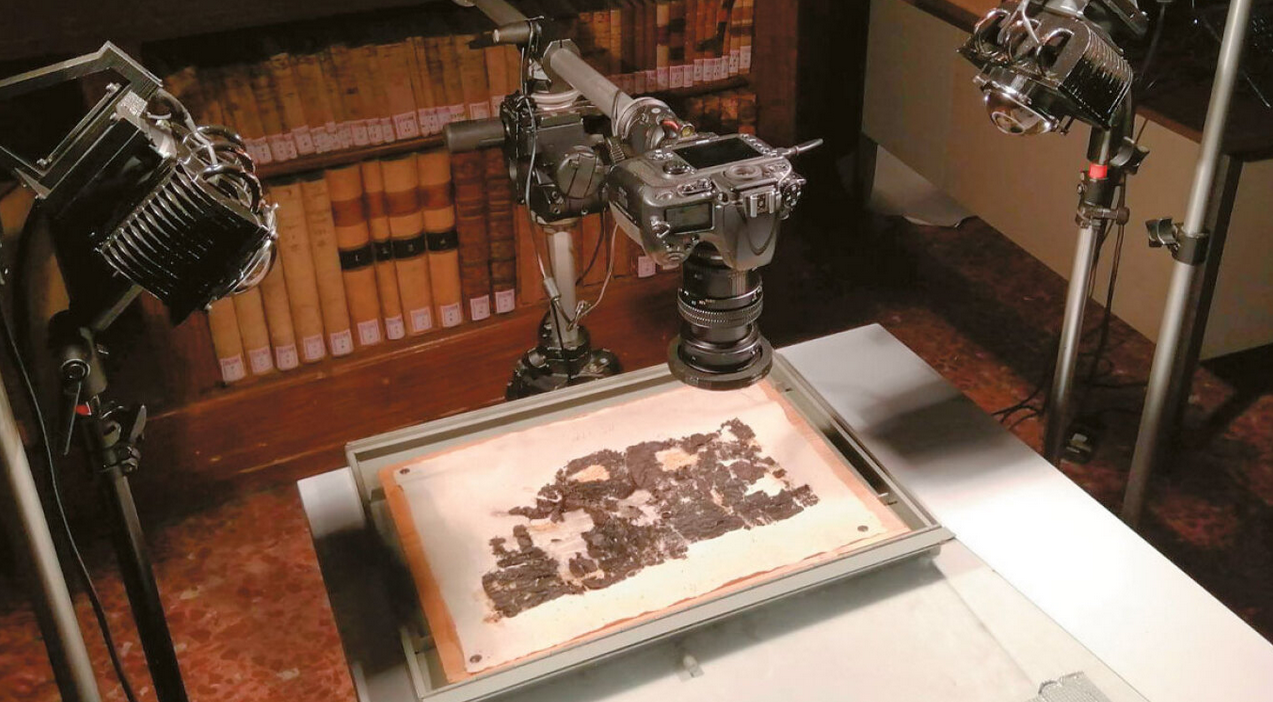The discovery of an asteroid the size of a small shipping truck mere days before it passed Earth on Thursday, albeit one that posed no threat to humans, highlights a blind spot in our ability to predict those that could actually cause damage, astronomers say.
NASA for years has prioritized detecting asteroids much bigger and more existentially threatening than 2023 BU, the small space rock that streaked by 2,200 miles from the Earth’s surface, closer than some satellites. If bound for Earth, it would have been pulverized in the atmosphere, with only small fragments possibly reaching land.
But 2023 BU sits on the smaller end of a size group, asteroids 5-to-50 meters in diameter, that also includes those as big as an Olympic swimming pool. Objects that size are difficult to detect until they wander much closer to Earth, complicating any efforts to brace for one that could impact a populated area.
Flying saucers to mind control: 24 declassified military & CIA secrets
The probability of an Earth impact by a space rock, called a meteor when it enters the atmosphere, of that size range is fairly low, scaling according to the asteroid’s size: a 5-meter rock is estimated to target Earth once a year, and a 50-meter rock once every thousand years, according to NASA.
Read more: Reuters





































